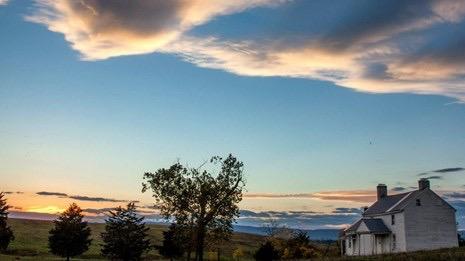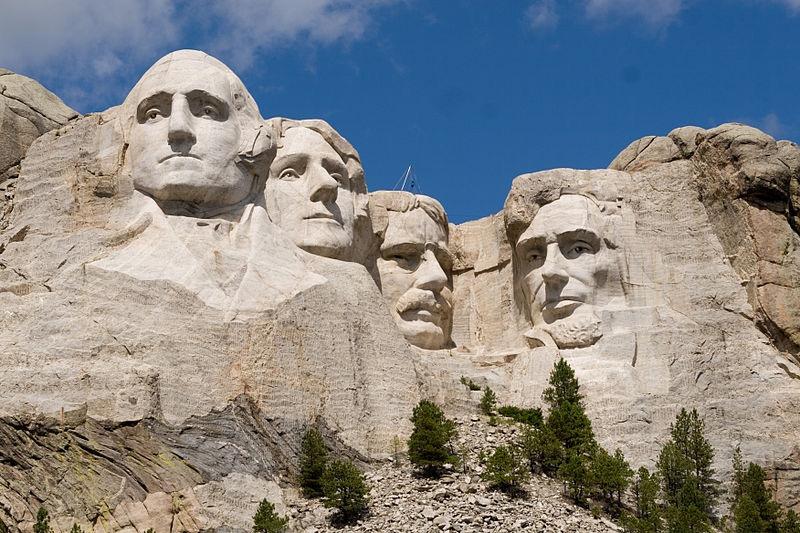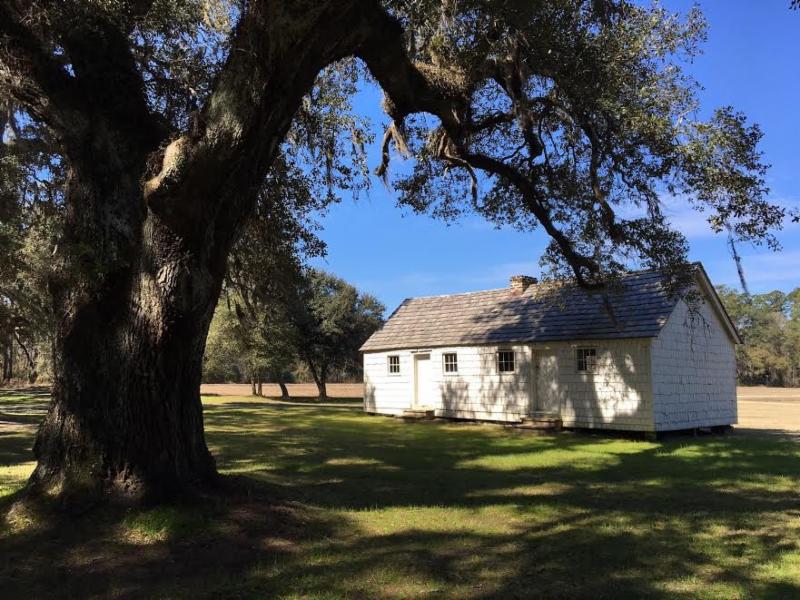 |
|
Shenandoah Battlefields National Historic District

Virginia's Shenandoah Valley saw no fewer than 325 clashes during the Civil War as both sides battled to control this strategic north-south corridor. But more recently, the valley has been the scene of another kind of conflict, pitting preservation against economic development. In 1992, the National Park Service studied Civil War sites in eight Shenandoah Valley counties and identified fifteen battles of national importance. The study also found that most were threatened by encroaching residential and commercial development. The sheer number of Civil War sites and the scale of the landscape created a daunting preservation challenge. The idea of multiple national parks under federal management was rejected by valley residents as too intrusive and by the National Park Service as too expensive.
In 1996, Congress designated eight counties in the Shenandoah Valley of Virginia as a National Heritage Area - the Shenandoah Valley Battlefields National Historic District - which preserves and interprets the region's significant Civil War battlefields and related historic sites.
This management strategy created a locally-driven vehicle for preserving the valley's historical character, protecting battlefields, and increasing public awareness, and the National Park Service was enabled to provide critical planning and interpretation expertise in a non-intrusive way.
Today this effort is led by the Shenandoah Valley Battlefields Foundation, which works with partners to preserve the hallowed ground of the Valley's Civil War battlefields, to share its Civil War story with the nation, and to encourage tourism and travel to the Valley's Civil War sites.
|
| |
|
|
|
|
|
Living Landscape Observer
|

And Now for the Next Four Years
For years I have told my family and friends that I am a one issue voter and my one issue is the United States National Park Service. Which political candidate is most committed to America's best idea? Who embraces the vision that our parks and protected areas are part of the nation's common wealth and should reflect the complex stories that make up our country? What party recognizes that government service has value and that protecting public lands is a collective enterprise? While it is a bit early to predict exactly how landscape scale conservation will fare in the next four years under President-elect Trump, a review of his proposed agenda is instructive. Some thoughts on the strength of our partnerships to end this year on a positive note.
|

Slave Dwelling Project
Plenty of museums and cultural sites sponsor living history programs, but Joseph McGill is likely the first person to dream up a "sleeping history" program. But five years ago, when he began sleeping in former slave dwellings, he realized he was on to something. Spending the wee hours stretched out on the hard wood or dirt floors of these dwellings gave him a visceral sense of what life must have like as an enslaved person. To date, he's completed more than 100 overnight stays in 17 states, including spending the night in slave quarters of three former US presidents. He shares insights from his journeys in order to bring attention to these often neglected structures - that are vitally important to not only the American built environment, but also to the very core of American history.
Listen to his TED type talk titled:
"
And you thought history was a snore."
|
Year-in-Review - What Were You Reading?
What sort of ideas and initiatives caught the attention of
Living Landscape Observer
readers in 2016?
T
he UNESCO World Heritage program proved to be a popular topic, especially our story on the
San Antonio Missions
.
|
|
Latest News and Information
The Practioner's Network for Large Landscape Conservation
wants to learn more about your work and the work of your peers across the country and around the world. We know that landscape scale conservation provides a framework to advance your innovative ideas and initiatives -- but we want to learn more about the details of that work. What are your strategic priorities, how is your initiative structured, and how are you connected to other efforts?
Just in the nick of time, the house and senate came together on a bill to give the parks a modest boost in funding. Not the big bang that the organizers of the NPS Centennial had hoped for, but something other than coal in their stocking.
This well regarded international exchange program is accepting applications through January 8, 2017. Open to graduate students and young professionals from around the globe, US/ICOMOS hosts students at briefings in Washington DC and then places them with host programs for intensive hands on experiences.
Tom King, who always has a point of view, is putting his money where his mouth is and is offering $1,000 for the best idea on how to reimagine cultural resource management in a post-Trump era.
Winners to be announced on January 20, 2017. Intrigued? See details in the link above.
David Quammen, author of
Yellowstone: A Journey through America's Wild Heart, makes a compelling case for protecting all of our public lands, including their value for landscape scale conservation.
|
|
About Us
The Living Landscape Observer is a website, blog and monthly e-newsletter that offers commentary and information on the emerging field of large landscape conservation. This approach emphasizes the preservation of a "sense of place" and blends ingredients of land conservation, heritage preservation, and sustainable community development. Learn more about how you can get involved or sign up for the newsletter here. |
|
| |
|